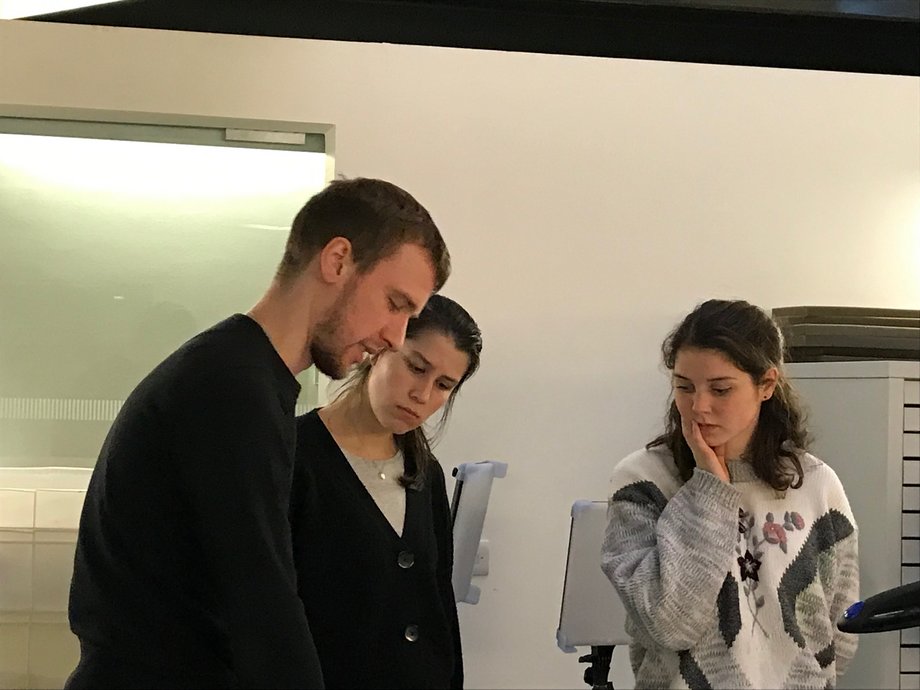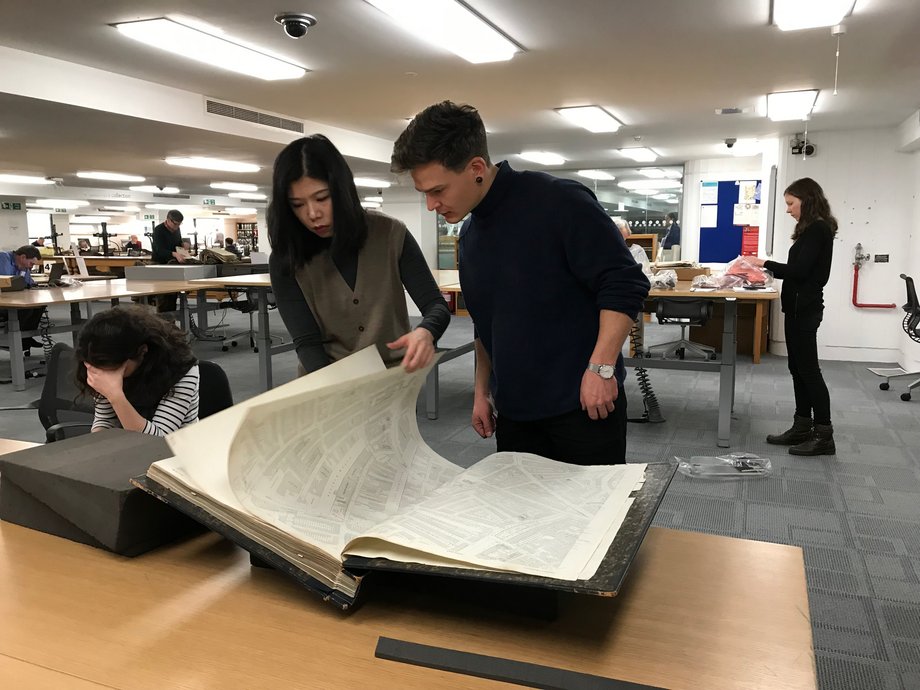



Tattoo Taboo Study project
In different parts of the world, tattoos historically have been expression of cultural or group identity, part of initiation or marriage rites, or have been ostracised due to associations with crime and immorality. Tattoos are in recent times being understood as part of an intangible heritage in academia: research, conferences, exhibitions, and publications are dedicated to this field, covering tattoo practises in a historic and contemporary context.
Tattoos are foremost understood to be an intangible heritage. That they, however, can be connected to tangible heritage, that is the specific sites where this practise takes or took place, is still a gap in research which this study project will strive to bridge. The relation between tangible and intangible heritage is largely ignored and in most heritage sites (still) underrepresented. There are various methods to analyse and assess the cultural significance of these sites and practises, based of different primary (and secondary) sources, and disciplines.
Twelve international students from the master programmes World Heritage Studies and Architecture participated in this study project that was offered in the winter semester 2018/19.
A reader containing a variety of students’ papers dealing with the tangible and intangible aspects of tattooing, as well as their research into the spatial history of tattooing parlours at the end of the 19th and beginning of the 20th century in London can be downloaded here.
Lecturers
Dr. phil. Alexandra Skedzuhn-Safir, Architectural Conservation
Nicole Franceschini M.A., Heritage Management
